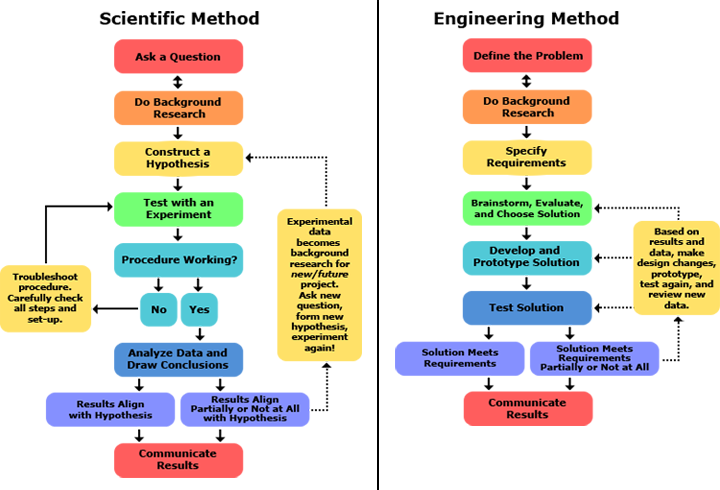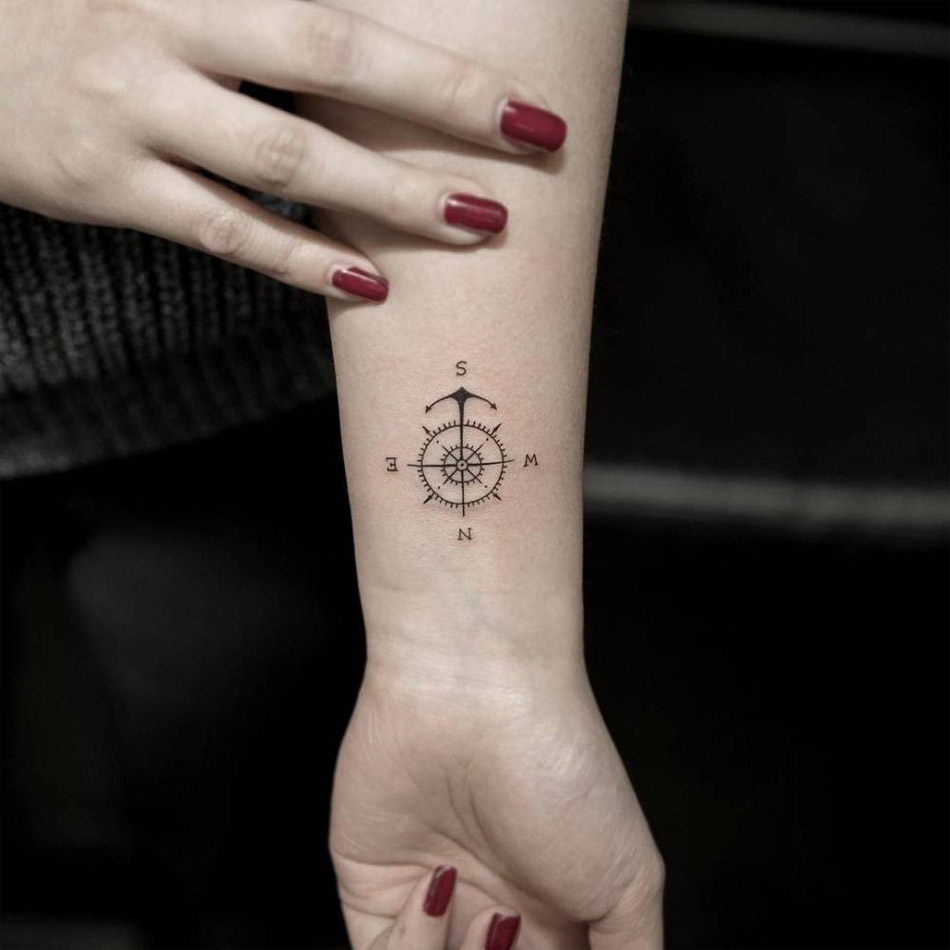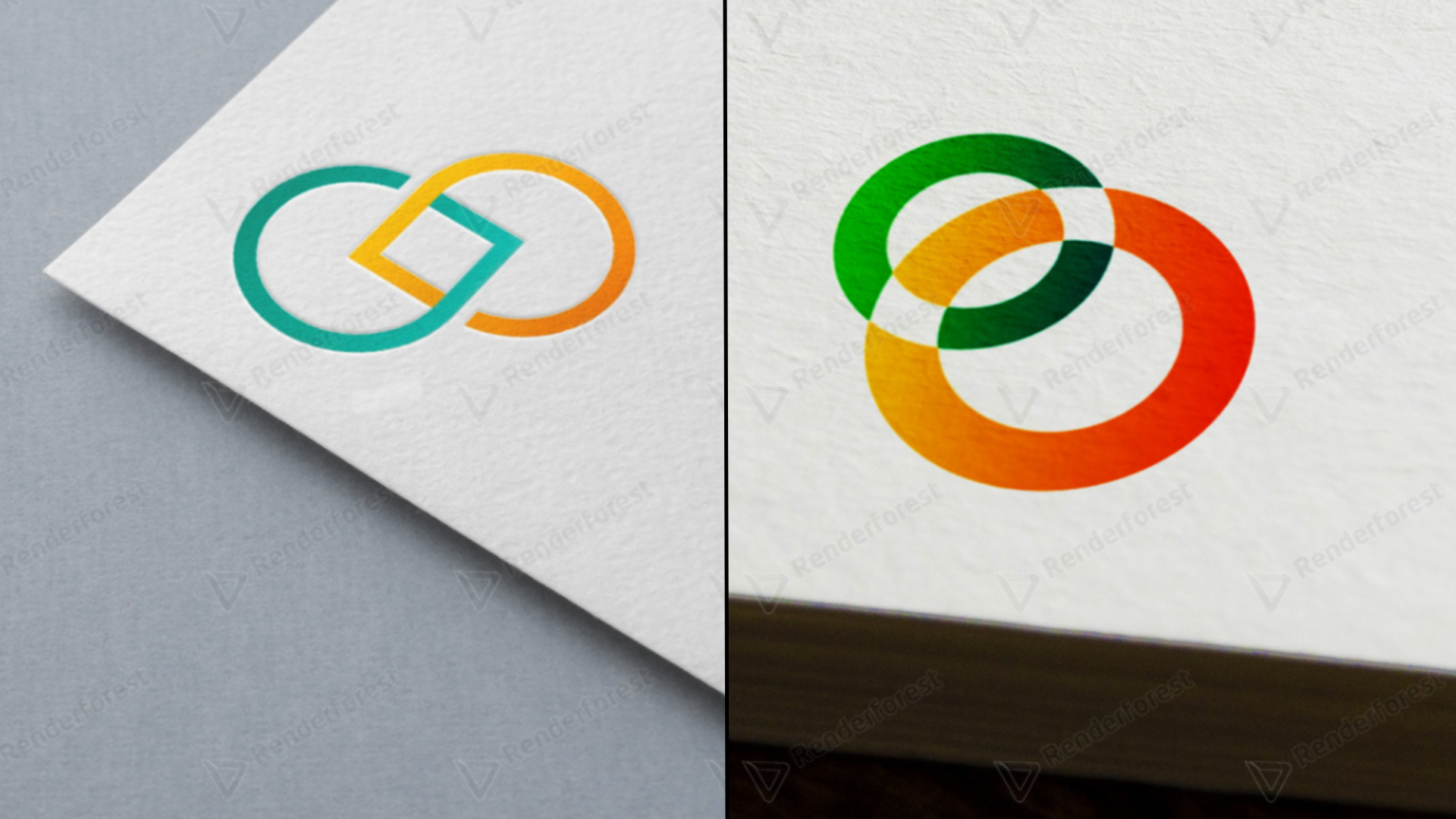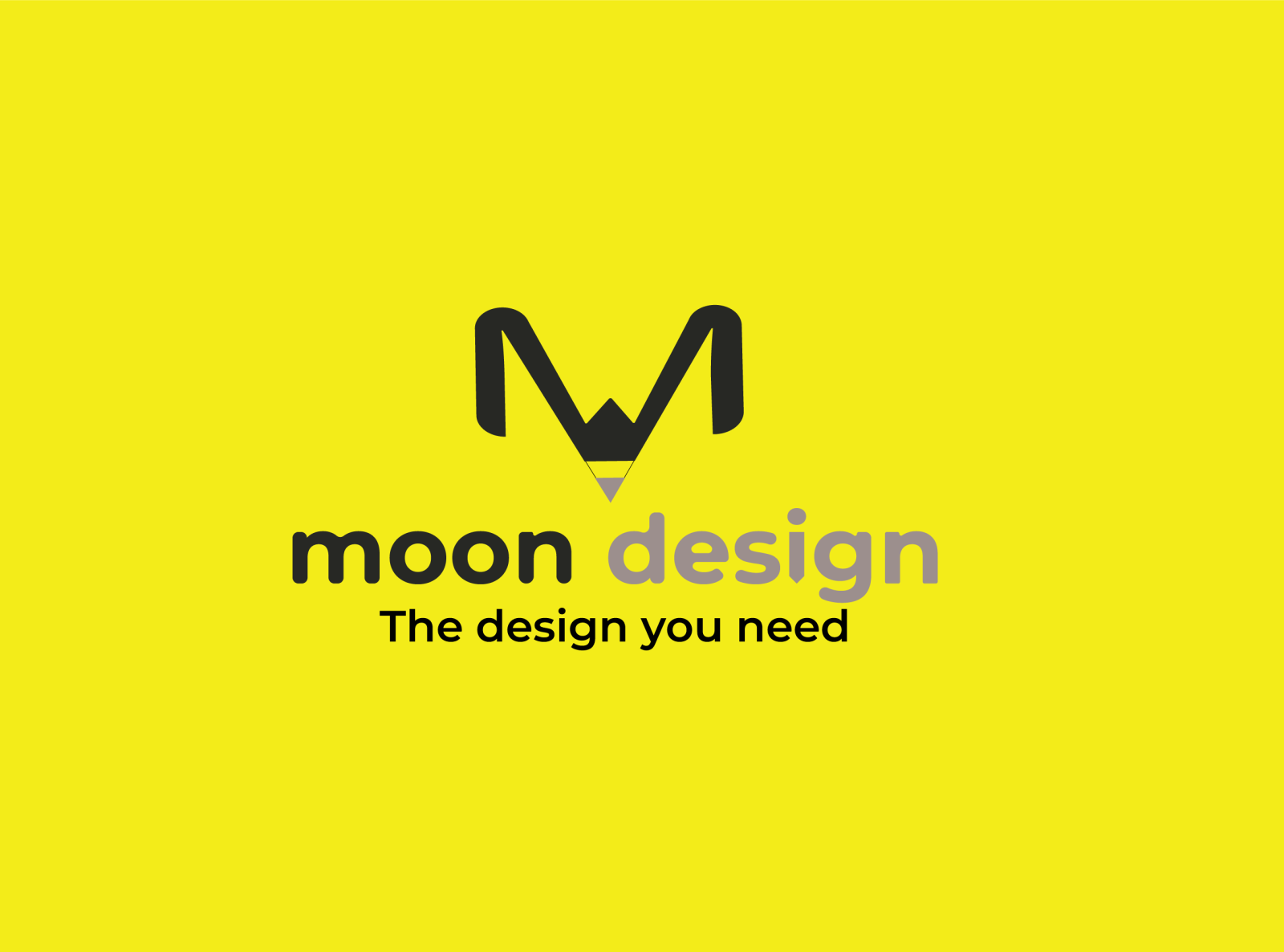Table Of Content
- Testing and Evaluation
- Emerging Approaches for Measuring Population Health
- Experts and Engineers Explain the 10 Steps of the Engineering Design Process
- What Is the Engineering Design Process? An In-Depth Guide to Crafting Innovative Solutions
- How To Choose The Right Types Of Fasteners Every Time
- Resources

Using the lunch hook experience from Eric’s classroom, many of the students saw flaws in their design right away and knew what parts would work and what features needed iterating. The students attached their hooks to their desks and used their full lunches to test them. The point is not to come up with the right answer but to create a list of answers. The prototype is rigorously tested under various conditions to validate its functionality and performance. Testing is crucial for identifying any design flaws or areas for improvement. Data collected during this stage informs further iterations of the design.
Testing and Evaluation
List the pros and cons of each solution to rank your list in order of viability. Multiple experts working toward a common goal can help you eliminate possible issues or shortfalls before a product is in the hands of customers. Students work through an online tutorial on MIT's App Inventor to learn how to create Android applications. Using those skills, they create their own applications and use them to collect data from an Android device accelerometer and store that data to databases.
Emerging Approaches for Measuring Population Health
Accepting that retracing steps is sometimes necessary can be challenging, but it is essential to maintain a flexible mindset and be willing to adapt as new information comes to light. By doing so, engineers can ensure that they are producing the best possible outcome for their project. Students are introduced to the concept and steps of the engineering design process and taught how to apply it. In small groups, students learn of their design challenge (improve a cast for a broken arm), brainstorm solutions, are given materials and create prototypes.
Artificial Intelligence in Design Engineering - Tech Briefs
Artificial Intelligence in Design Engineering.
Posted: Mon, 13 Mar 2023 07:00:00 GMT [source]
Experts and Engineers Explain the 10 Steps of the Engineering Design Process

If we don’t define the problem, it will lead to a failed design that won’t work and will only delay the project. The next step is to test and evaluate prototypes as per product specifications and their functional & standard requirements. Engineers brainstorm different ideas and technologies to solve the problem. As with any manufacturing process, quality assurance and quality control are essential in delivering quality products. On top of that, good designers are always adept at finding the solution to a problem. Problem-solving skills are a big part of the design process, but what if you could eliminate some of the worries?
The steps in the process encourage open-ended problem-solving and learning from failure. One of the key features of the engineering design process is its iterative nature. Engineers repeatedly evaluate and refine their designs, learning from each test and adjusting their approach accordingly. This approach ensures that the final product not only meets the initial design objectives but also addresses any unforeseen issues or challenges that may have emerged during the development. The engineering design process is a series of steps that engineers follow to find a solution to a problem.
Consumer behavior is one of the most important factors to consider, including how much the users can realistically use the product and alternative products that the users may opt for. You might picture engineers as a group of folks who share a knack for building, designing, and problem-solving. It’s about shared practices and ways of thinking that are deeply ingrained in us. Not all engineers think or work the same way, even if they’re in the same field. It’s all about where they studied, how they were trained, and their unique experiences. This involves producing the product, system, or infrastructure and bringing it to market.
Students pretend they are agricultural engineers during the colonial period and design a miniature plow that cuts through a "field" of soil. They are introduced to the engineering design process and learn of several famous historical figures who contributed to plow design. Students use the engineering design process to design a bridge out of silkworm cocoons that can hold at least 50 grams. Students can use other materials to supplement the silk bridge, but have a $10 budget.
Most likely, students will go through a few tests with a few different prototypes because there will be additional problems to solve that weren’t thought of in the other design steps. In the school lunch example, students came up with the idea of a hook that can attach to the bottom of desks to hold their lunch. This step of the engineering design process teaches critical thinking and reins in the creativity involved in the last step. It is used in all aspects of our learning, whether in Math, Language, Social Studies, or Science. When using the engineering design process, students are required to draw on a multitude of skills, starting with recognizing that there is a problem they can solve for with engineering.
The end goal is to develop a high-quality product that meets the users' needs and suits their preferences. It is common to come up with multiple solutions when developing prototypes for the final product. This step entails choosing the best solution and using it to develop the final product. Ideally, the best solution is the one that best meets the users' needs and appeals to their preferences. Offer kid-friendly challenges that encourage independent learning and creativity with PBS Design Squad.
Good designers brainstorm possible solutions before opting to start a design, building a list of as many solutions as possible. It is best to avoid judging the designs and instead just let the ideas flow. Students experience the engineering design process as they design, fabricate, test and redesign their own methods for encapsulation of a (hypothetical) new miracle drug. The objective is to delay the drug release by a certain time and have a long release duration—patterned after the timed release re...
This involves recording every detail of the design, from the initial problem statement to the final specifications. Proper documentation ensures that knowledge is not lost and facilitates future modifications or reproductions of the design. The first step in the engineering design process is to clearly identify the problem you are trying to solve.

























